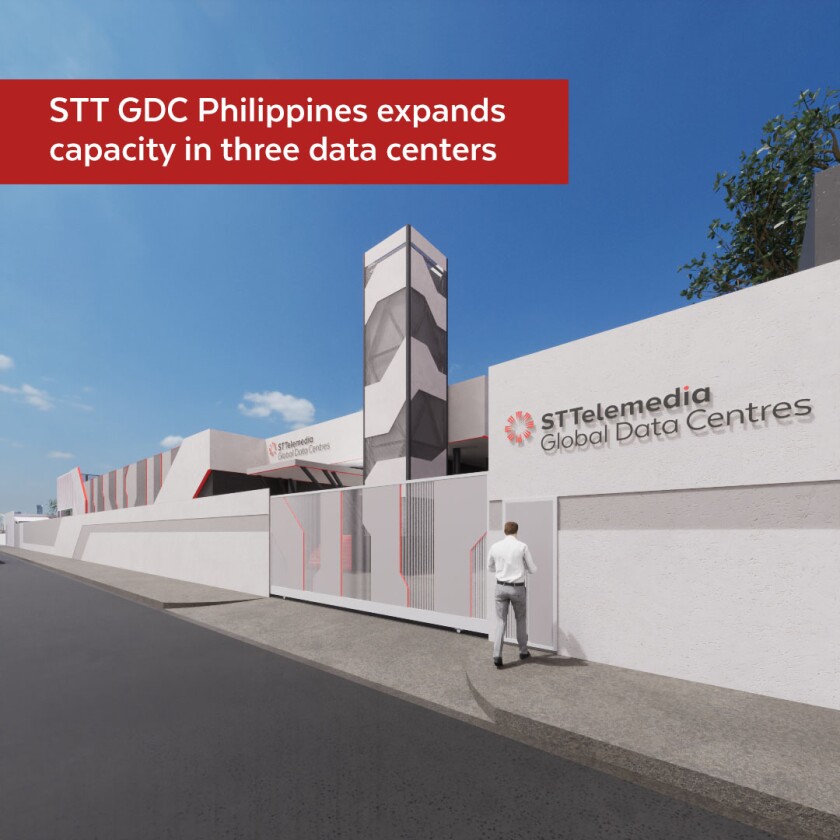The news comes in response to high market demand and the continuing digital transformation of the country.
Specifically, STT GDC Philippines, a joint venture between Globe, the Ayala Corporation, and Singapore-based ST Telemedia Global Data Centres (STT GDC), will see its existing data centres in Makati, Cavite and Quezon City exceed the capacity of most single data centres locally.
"The ever-growing demand for digital services has underscored the necessity for the private sector to actively contribute to the nation's digital transformation," said Carlo Malana, president and CEO of STT GDC Philippines.
"As part of STT GDC Philippines’ growth strategy to support the country’s digital infrastructure build, this capacity expansion is part of the commitment made to support the government's endeavours in delivering reliable and robust digital infrastructure to our fellow Filipinos.”
At the same time, Malana also shared plans to scale operations to cater to global hyperscalers and other customer segments via greenfield builds, as well as create more job in the areas of engineering, facilities management and energy management fields.
At present, STT GDC Philippines operates five data centres with a total IT capacity of 22MW, with more than 95% of its power coming from renewable energy sources in line with Globe, STT GDC, and the Ayala Group’s sustainability goals.
In the long term, the company aims to build sustainable and energy-efficient data centres by integrating sustainability principles in its value chain and operations and operate a total of over 150MW of IT capacity in the coming years.
In related news, in May of this year STT GDC Philippines announced plans for a new data centre campus, STT Fairview, with an IT capacity of 124MW and the initial phase of operations planned for early 2025.






